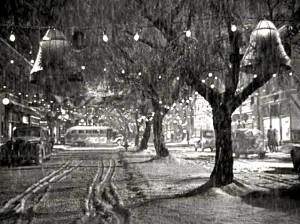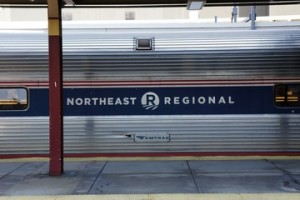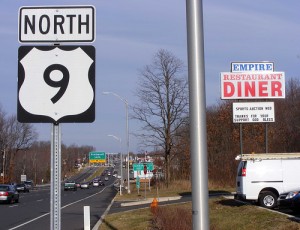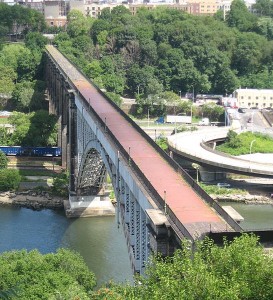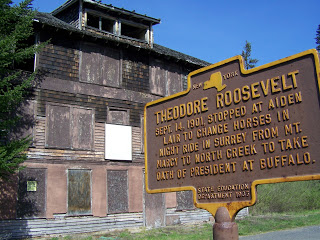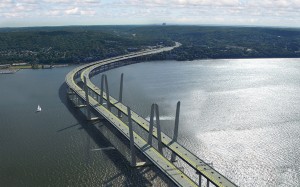
Once upon a time America was known for its building projects, for its infrastructure, for its vision of a better tomorrow. New York was in the forefront of such optimism and achievement. Think of the Erie Canal which helped make us the Empire State, the Croton Aqueduct, the Brooklyn Bridge, the skyscrapers from the Woolworth Building to the Empire State Building to the Twin Towers, and, of course, Robert Moses. Now the new Tappan Zee Bridge bids to join this pantheon of larger than life achievements made in New York.
Besides all the other concerns related to the bridge, there is the issue of tourism. Back in June, Mary Kay Vrba, tourism director for Dutchess County and leader of the Hudson Valley Path region, spoke to 50 people at “Destination Rockland: Blazing New Trails in Tourism.” Visions of jingling cash registers filled the heads of the participants who envisioned tourists by foot, bike, and later a revitalized bus system bringing people from the east side of the river to Rockland County. Alden Wolfe, chairman of the Rockland County Legislature convened the conference as a “launching point” for future discussion on this subject. Continue reading “Heritage Tourism Lessons from the Tappan Zee Bridge”


